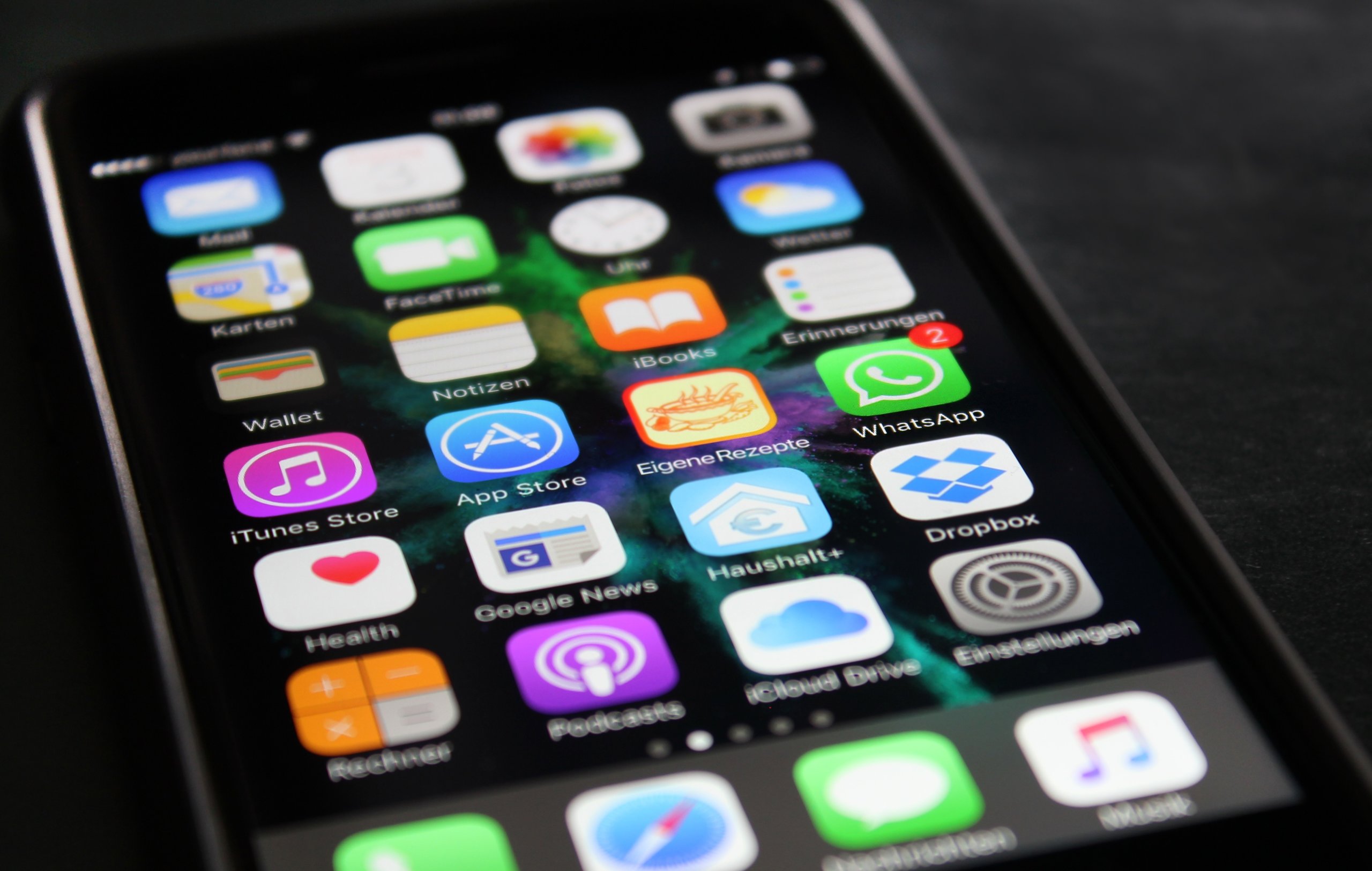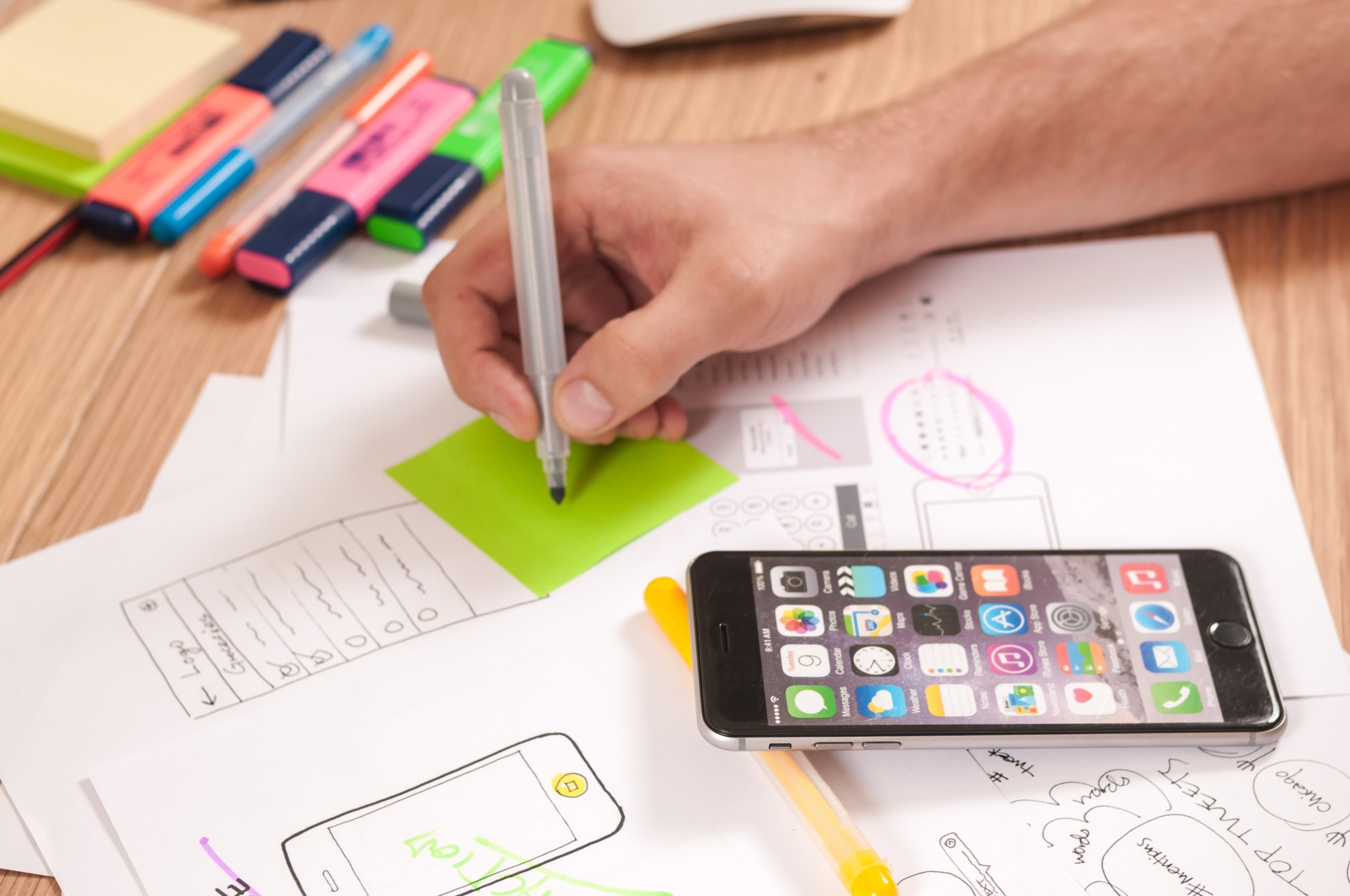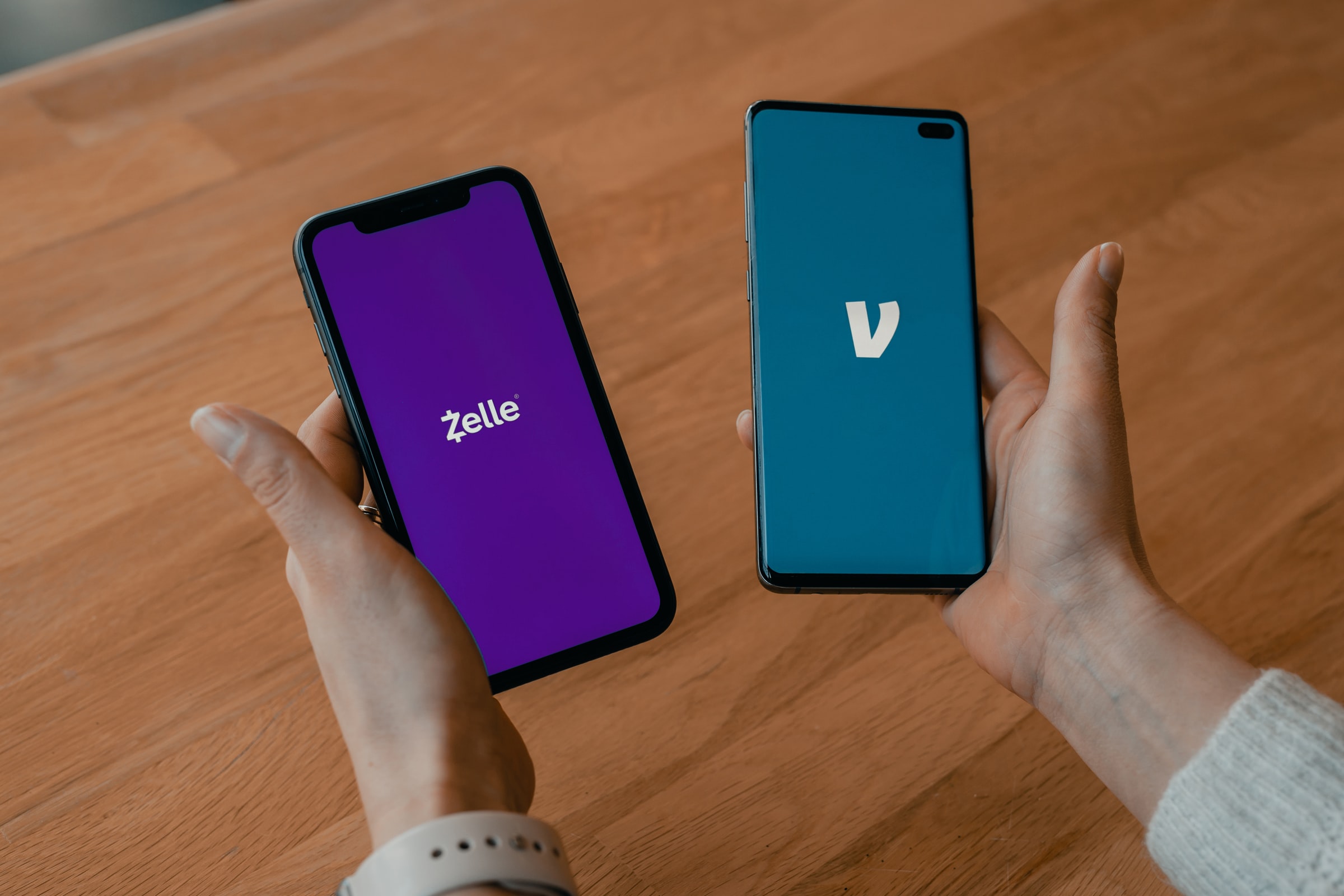 The Internet of Things (IoT) is most often talked about in reference to large industries and manufacturing. But IoT refers to an entire ecosystem of connected devices that work together to keep each other updated and optimized, from the materials sourcing down to the consumer.
The Internet of Things (IoT) is most often talked about in reference to large industries and manufacturing. But IoT refers to an entire ecosystem of connected devices that work together to keep each other updated and optimized, from the materials sourcing down to the consumer.
Market experts forecast that the IoT market will be comprised of more than 64 billion connected devices by 2025. While many of those devices will be sensors, cars, cameras, and other gadgets, several will be consumer-level mobile phones, too.
Mobile phones are invaluable in IoT systems, not only for access but also for managing other IoT devices. As we increase our use and application of IoT technology, we’re going to see more and more IoT apps make their way to our mobile devices. And these apps will improve the mobile user experience alongside boosting business revenues and performance.
User Experience Improves as IoT Develops
Many IoT developers usually work closely in custom mobile applications development as well, so building in a basic user experience (UX) system isn’t difficult to achieve. And as IoT’s connectivity grows deeper, UX will require more attention and skill to pull off successfully. We’ll be using our mobile phones to analyze, understand, and observe what’s around us.
Here are how IoT-enabled apps are affecting the UX already.
Centralizing Mobile Apps
Hybrid apps serve web languages using the mobile’s browser within the app itself. The result is an app that looks and behaves like a normal mobile app but is built with web technologies. With IoT, creating a centralized platform to manage devices and apps opens myriad possibilities. Convenience for developers and consumers adds a layer of satisfaction to the phone’s UX.
Bringing Security Into the Spotlight
Keeping consumers feeling secure on their phones is difficult, especially since they’re used to seeing visual cues of security (like the SSL padlock on a website). With IoT, because there are more connected devices, there are more access points for hackers to enter. Unfortunately, when we use our phones as part of an IoT ecosystem, we open ourselves to the risk of a cybersecurity attack.

For IoT developers and programmers, following established guidelines on how to secure IoT-enabled mobile apps is of the utmost importance. Adding in more layers of security can never hurt, and for the user, a visual reference to a secured mobile app is indispensable for peace of mind.
And since data privacy is the gold currency for today’s hackers, it’s a major priority to keep private information private.
More Efficiency
When Amazon opened its first Go grocery store in Seattle, it created a completely new experience for the user. Offering convenience and efficiency by eliminating registers, the company installed scanners at the exits which scanned all of the items in a person’s basket as they exited the store. This sensor sent the cost data to a database that automatically charged the customer for their purchases.
It turns out that IoT generates so much data every day that it’s difficult to keep it all stored, encrypted, and analyzed in one place. Often, storage happens on a cloud service, encryption can happen on the device itself, and analysis occurs at either location (cloud or on-device through edge computing).

With more efficient data pipelines, users can see their metrics and insights in real-time. Not only are these analyses faster, but they’re also more accurate. These types of improvements generate higher feelings of trustworthiness in the user, which makes them more likely to stick around longer and recommend your app to their friends.
Understanding Consumer Behavior
On the developer side, more data means more insight into consumer behavior. It’s a crucial part of growing and optimizing a business, and those businesses who falter in improving their value offering for their customers are likely to see lower customer retention rates and repeat purchases.
Because IoT provides so many more data points, it allows developers and executives a deeper look into the consumer’s thinking and actions. Often, this requires mapping data from multiple sources, like a GPS-enabled device and social media to see if a social media post made a difference for the customer in buying a product. Or video surveillance connected with mobile connectivity to confirm the mobile customer is indeed the one paying for their purchase.
More Ways to Provide Feedback
Most consumers try to avoid interacting with a business, whether it’s to lodge a complaint, make a return, or report a problem on their website or mobile app. Often, you’ll find data suggesting that a link was broken on your ad for days, and no one who saw it even bothered to comment to let you know.
By providing customers with more avenues for feedback, businesses can generate more multi-dimensional data from their customers. User feedback is essential to running a business because it offers insights straight from the customer that most employees overlook.
Faster Interactions
When 5G fully rolls out globally, we’ll see mobile devices load and work faster. Their communications will be more efficient, we’ll get notifications faster, and we’ll even get personalized experiences when we walk into a store or retailer. Using location-based Beacon technology, apps can send consumers an alert when they enter a pre-defined area, offering a coupon or download just for being around at the right time.
Better IoT = Better Apps
IoT-enabled enterprise applications and mobile applications offer better solutions to problems, more efficiency, higher productivity, and less downtime. All of these improvements translate directly to a better UX for the consumer.
If we’ve reached the part of the process where we’re working to optimize the user experience for the customer, IoT has already done its job by connecting businesses and consumers from top to bottom.
What’s a cool IoT feature you’ve seen in a mobile app or on your mobile device? What ways do you want to see IoT implemented in mobile apps in the future? Let us know in the comments!





